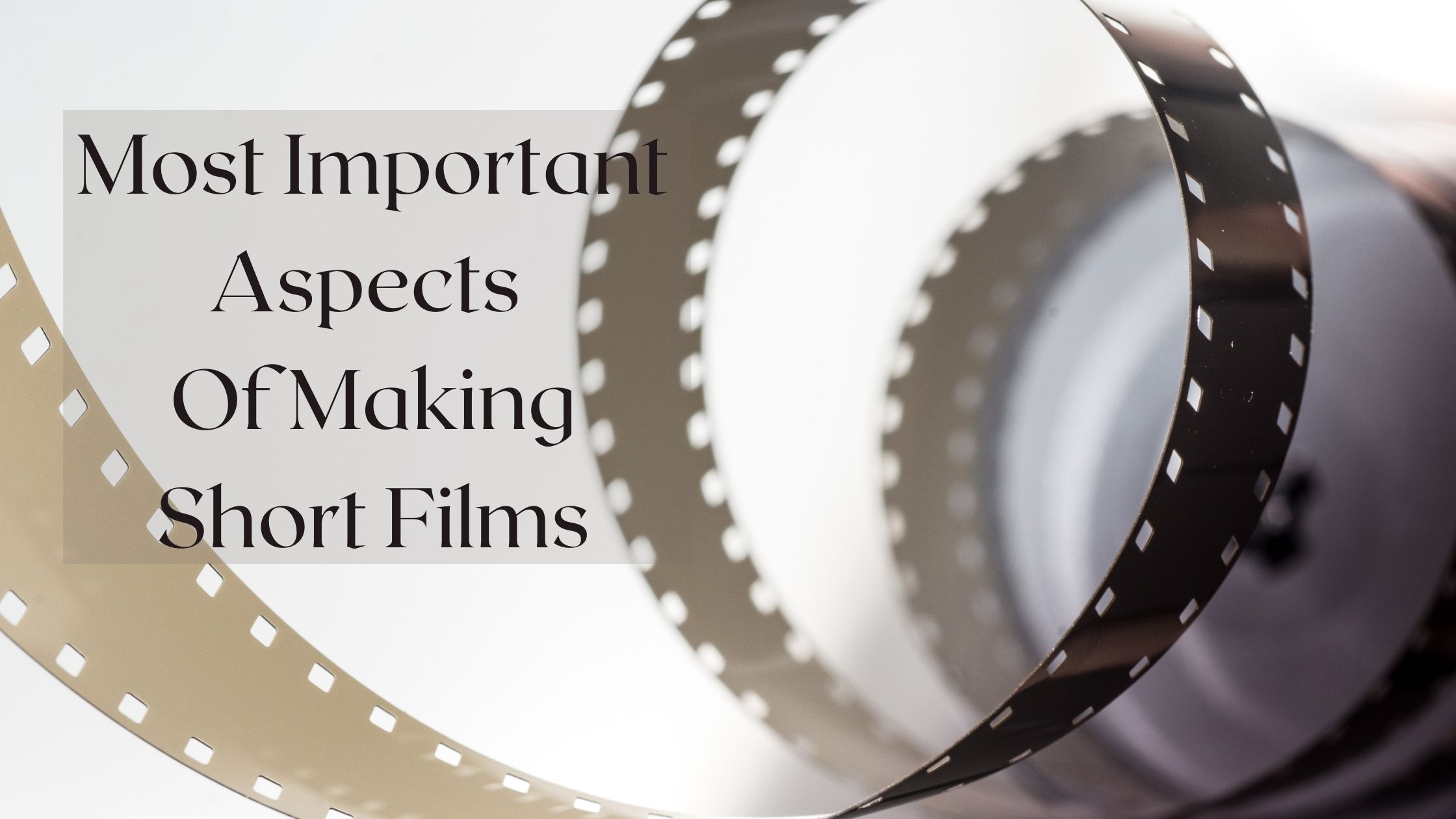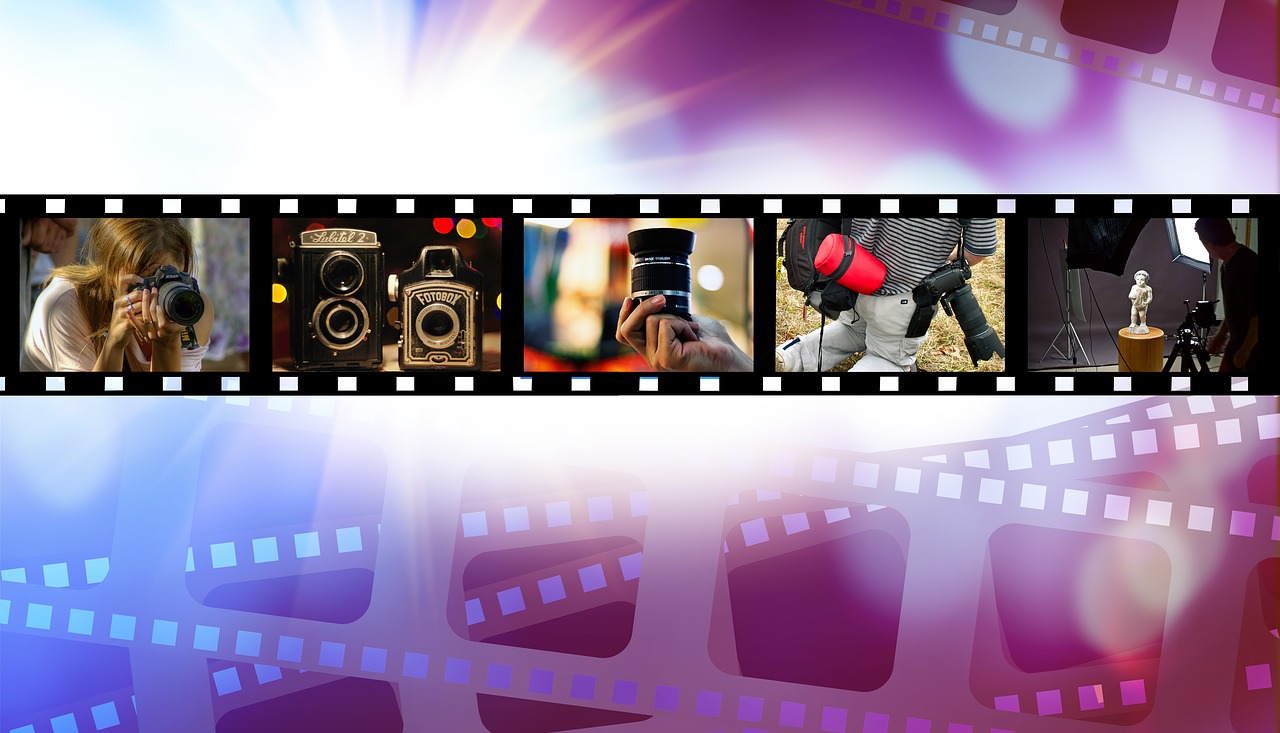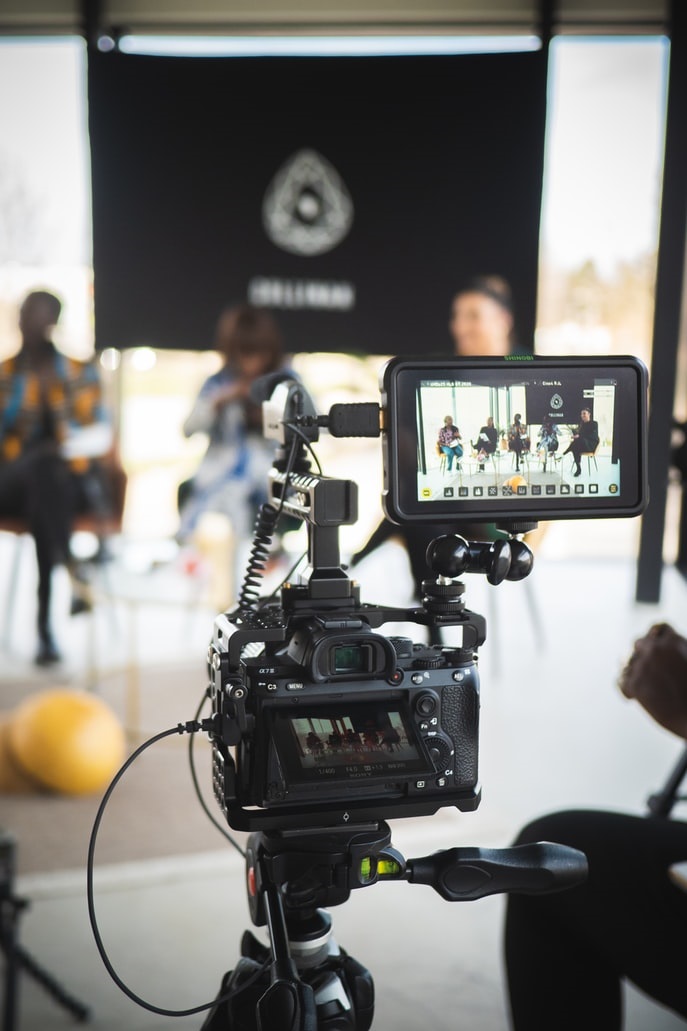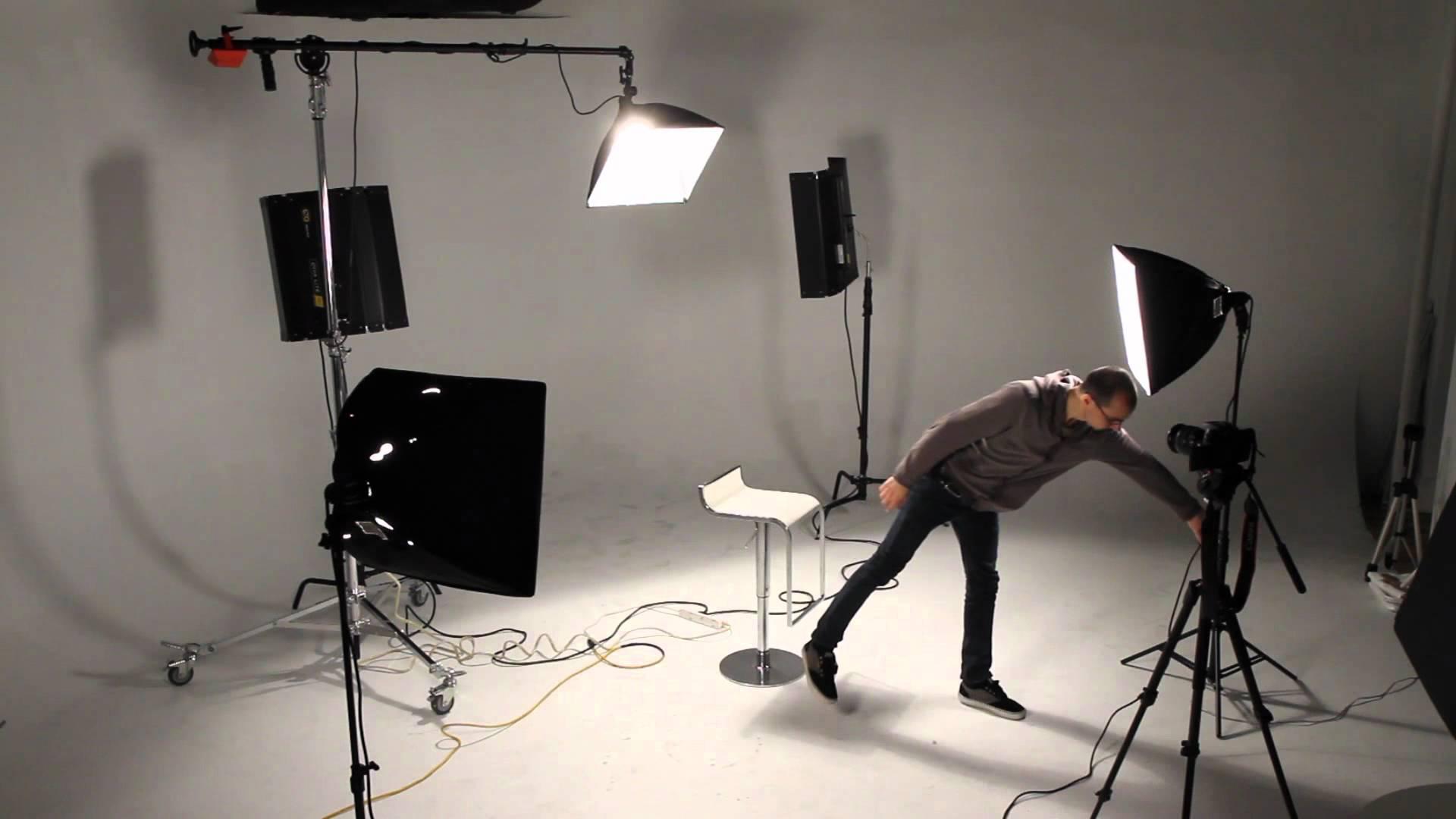A short film means a short motion picture that has a running time of 40 minutes or less. It is a rapidly growing subject that carries both presentation and feature film. Shooting Short films involve low budgeting, and if you are one of them who wants to create something short, attractive and message-full content in filming, you should start by creating short films.
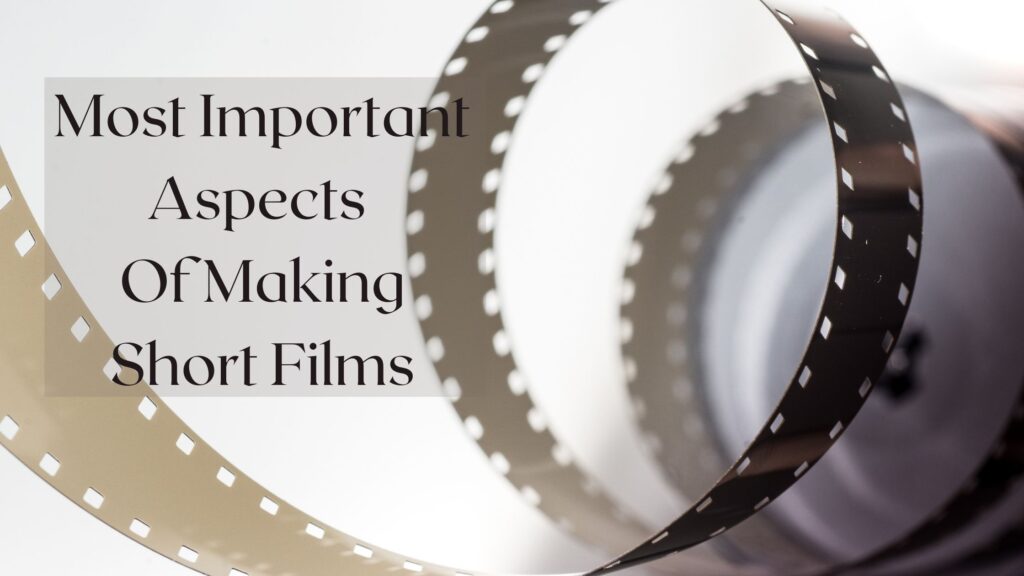
The short film gives a practical experience and brings confidence every time you make it. It also improves your creativity, directing skills, and stress management.
You need to arrange proper equipment, pre-production, a good idea of creating engaging movies, and the skill of utilizing common filming techniques for making short films. Short films can be of any content, such as comedy, horror, and many others.
If you want a few tips on how to film a short film yourself, then let us go through the steps of creating or making a short film in detail, and they are as follows:
Scripting

Scripting is like the foundation of every type of filming. You need to think of a short story you want to tell in just 10-15 minutes. Do not make something that will create difficulties in audiences’ minds. Be focused on the basics of the story and be aware of the genre you want for the film (drama, romantic, or horror). Or you may create something interesting from the memorable events of your life that you think will inspire someone or create mystery in viewers’ minds.
Remember, your main objective is to satisfy them on an entertainment basis and create content that clearly shows things you want to convey.
Scene Drawing
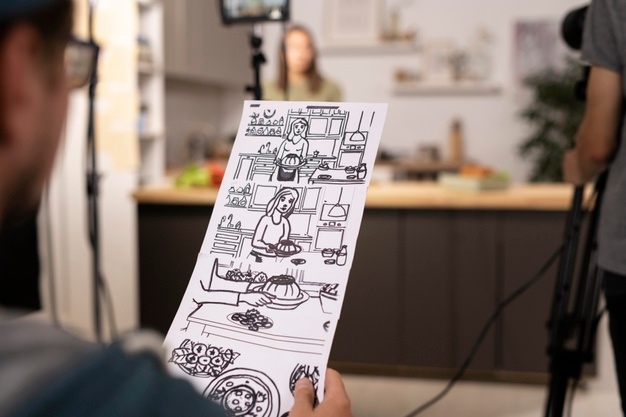
A scene drawing, often known as a storyboard, is a series of drawings that illustrate the shots filmed and include some directives and language. It’s a graphic representation of how your film will play outshot by shot, and it’s made up of numerous squares with graphics or photos representing each shot, as well as notes describing what’s happening in the scene and what’s being spoken in the screenplay during that shot.
Production Planning

After scripting and planning, you should find locations to match the script, a safe and legal place to film. Ask the authority of a particular location if you can use their locations for a short film. If the film takes indoors, you may be able to use your apartment or house.
After selecting a location, you should look for actors that can embody the role in the script. A crew is also an important part of short filming that will help you on the various aspects of shooting a short film like cinematography, production, lighting, editing, and sound.
Then to shoot a short film, you’ll need some filming equipment like a camera, lights, and something to record audio. You should get a tripod if you want to take steady photographs. For sound, you can get a more expensive mic or opt for cheaper external audio recorders or small wireless mics.
Shooting
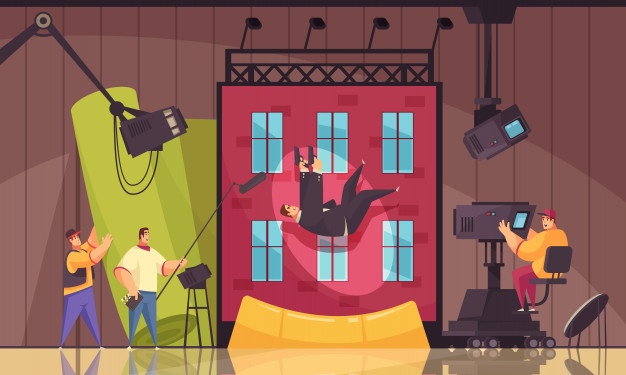
Once you get the actors onto the set according to your script, have them go through the script and direct them to act out the scene. The film does not have to be shot in chronological order. You can shoot whichever scenes are the most convenient for you and then order them in post-production.
Prepare for outdoor scenarios ahead of time, especially if you have a specific weather forecast in mind. Take your directorship seriously, but don’t overwork yourself. Some things will be beyond your control, such as the weather, sick cast and crew, and so on. And that’s fine; nothing worthwhile comes easily.
Editing
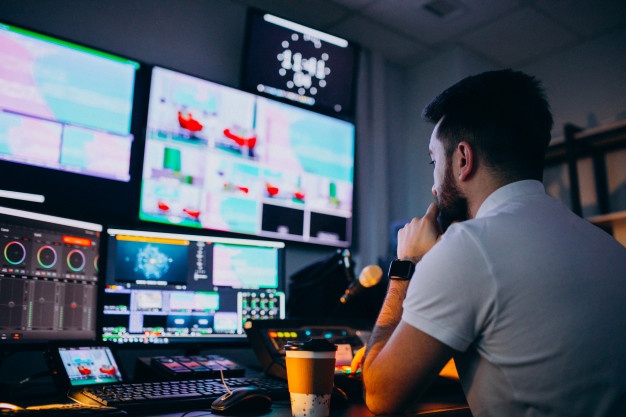
It’s one of cinema’s most under-appreciated art forms. The best editors blend into the background, doing flawless cuts and modifications. As a result, the audience is never required to edit. Make sure you understand your film’s story, point, or thesis before you begin editing it. The process of changing the hue, saturation, brightness, and contrast of each video so that they all seem the same is then called color correcting.
Color-correct your footage if you haven’t already. After you’ve finished editing your short and believe it’s ready to be exported, double-check the image’s brightness, the audio, the frame, and the credits. If everything appears to be in order, go ahead and spend some money.
Short films are significantly less expensive and are unlikely to provide significant financial benefits. This implies it is low-risk, allowing filmmakers to explore on their own to develop their style.
The animation should be visually pleasing. Because they are shorter than feature films, short films hold the audience’s attention. The ending isn’t delayed for an hour or more, making it ideal for the impatient moviegoer.
